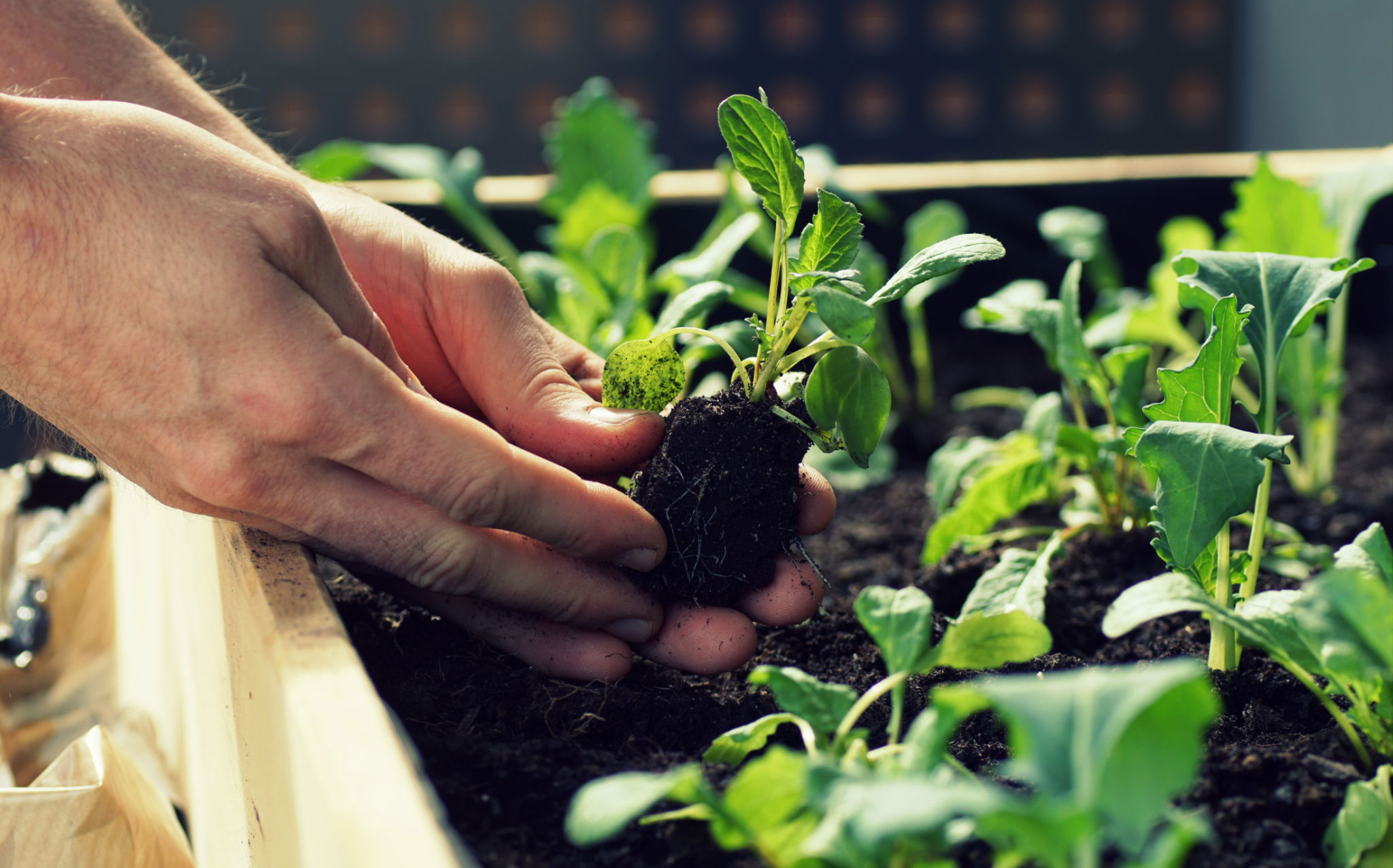Debunking Common Myths About Urban Gardening
Understanding Urban Gardening
Urban gardening has gained significant popularity in recent years, offering city dwellers a chance to connect with nature and grow their own food. Despite its rising popularity, there are numerous myths surrounding the practice that can deter potential gardeners from starting their own urban plots. In this post, we'll debunk some of the most common myths about urban gardening to set the record straight.

Myth 1: Urban Gardening Requires a Lot of Space
One of the biggest misconceptions about urban gardening is that it requires a large amount of space. However, urban gardening can be done in small balconies, windowsills, or even vertical spaces. With the right techniques, such as container gardening or using vertical planters, you can maximize your available space and still grow a variety of plants.
Many urban gardeners have successfully grown herbs, vegetables, and even small fruit trees in limited spaces. The key is to choose the right plants that suit your environment and make use of creative solutions to optimize the space you have.
Myth 2: Urban Gardening Is Expensive
Another common myth is that urban gardening requires a significant financial investment. While it's true that there can be some initial costs involved in setting up your garden, such as purchasing containers, soil, and seeds, it doesn't have to break the bank. Many urban gardeners have turned to DIY solutions to keep costs down.

For example, you can repurpose old containers or use recycled materials as planters. Additionally, composting kitchen scraps can provide you with nutrient-rich soil at no extra cost. Over time, growing your own produce can actually save you money on groceries.
Myth 3: Urban Gardens Attract Pests
Some people fear that urban gardens will attract unwanted pests to their homes. However, with proper management and natural pest control methods, this concern can be minimized. Companion planting is one effective strategy where certain plants are grown together to naturally repel pests.
Moreover, urban gardeners often use organic pest control solutions like neem oil or homemade insecticidal soap to protect their plants without resorting to harmful chemicals. By maintaining a healthy balance in your garden ecosystem, you can keep pests at bay.

Myth 4: Urban Gardening Is Time-Consuming
It's a misconception that urban gardening demands an excessive amount of time and effort. While some initial setup is required, urban gardens can be low-maintenance with the right planning. Choosing the right plants for your climate and automating watering systems can significantly reduce the time spent on daily upkeep.
Many urban gardeners find that spending just a few minutes each day tending to their garden is not only manageable but also therapeutic. The key is to start small and gradually expand your garden as you become more comfortable with the process.
The Benefits of Urban Gardening
Urban gardening offers numerous benefits beyond just growing your own food. It provides a chance to reduce your carbon footprint by cutting down on transportation and packaging waste associated with store-bought produce. Additionally, it contributes to local biodiversity by attracting pollinators like bees and butterflies.
Moreover, urban gardening can improve mental well-being by providing a calming and rewarding hobby. It builds a sense of community as neighbors come together to share tips and harvests. Ultimately, urban gardening is more than just a trend—it's a sustainable lifestyle choice that anyone can embrace regardless of space or budget constraints.
